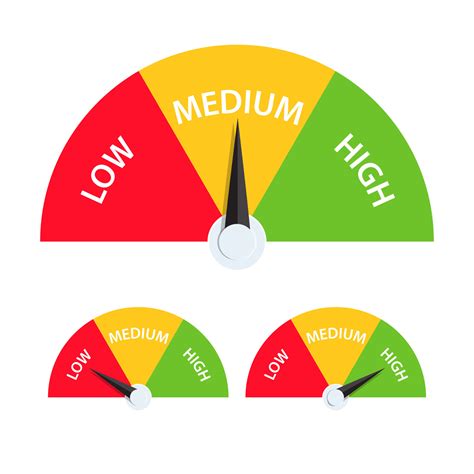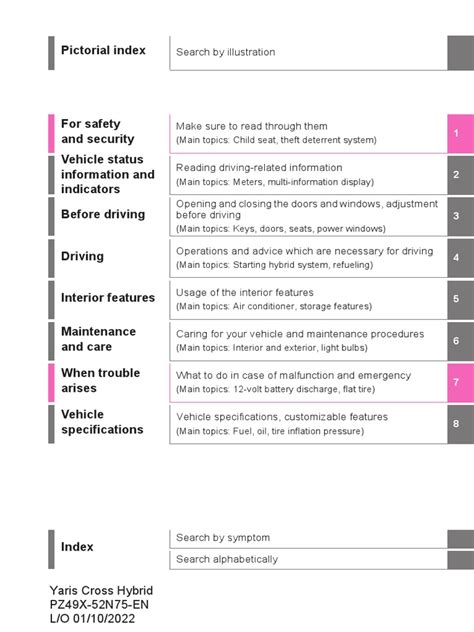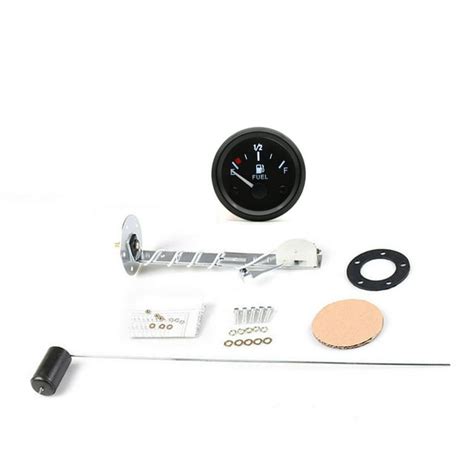Understanding Octane: More Than Just a Number
Many drivers stand at the pump, pondering the different octane options: regular, mid-grade, and premium. The common misconception is that a higher octane always means better performance or a cleaner engine. However, the reality is more nuanced. Octane rating is simply a measure of a fuel’s resistance to premature ignition, also known as “knocking” or “pinging.” This knocking can occur when fuel ignites before the spark plug fires, causing a disruptive force against the piston’s upward motion, potentially damaging the engine over time.

Does Higher Octane Mean More Power for My Car?
For the vast majority of vehicles on the road, the answer is a resounding no. Most cars are designed to run perfectly on regular unleaded fuel (typically 87 octane). Their engines are engineered with compression ratios and ignition timing that are optimal for this fuel. Pouring higher-octane fuel into an engine designed for regular will not magically unlock extra horsepower, improve fuel economy, or clean out your engine. It simply resists knocking at a level your engine doesn’t require, leading to no tangible benefit other than a lighter wallet.
When Is Premium Fuel (Higher Octane) Necessary?
Premium fuel, generally 91 or 93 octane, is specifically formulated for high-performance engines. These include vehicles with high compression ratios, turbochargers, or superchargers. Such engines generate more heat and pressure, making them more susceptible to knocking if lower-octane fuel is used. In these cases, using the recommended premium fuel allows the engine’s computer to maintain optimal ignition timing, maximizing the engine’s designed performance and efficiency without the risk of damaging pre-ignition. Using lower-octane fuel in a car that requires premium can lead to the engine’s computer retarding ignition timing to prevent knocking, which will indeed reduce power and fuel efficiency.

How to Find Your Car’s Optimal Octane
The definitive answer to what octane your car needs is found in two places: your owner’s manual and on the inside of your fuel filler door. Most manufacturers clearly state the recommended fuel type, often specifying “Regular Unleaded,” “Premium Unleaded Recommended,” or “Premium Unleaded Required.” If it says “recommended,” it means the car will run fine on regular but might see a marginal performance boost from premium under certain conditions. If it says “required,” sticking to premium is essential for engine health and performance.

Saving Money and Boosting Performance the Right Way
To save money, simply follow your manufacturer’s recommendation. If your car is designed for 87 octane, use 87 octane. You’ll save money at every fill-up with no detriment to your vehicle. For performance, the same rule applies: using the *correct* octane is what ensures your car performs as designed. For vehicles that require premium, using it prevents the engine’s timing from being retarded, thus maintaining peak performance. For cars that don’t, there is no performance boost to be gained from higher-octane fuel, only wasted money.

Conclusion: Adhere to Manufacturer Guidelines
The optimal octane for your car is not a matter of choice or an attempt to “upgrade” your fuel. It’s a precise engineering requirement set by the manufacturer. Stick to the fuel grade recommended in your owner’s manual or on your fuel door. This simple act ensures your engine runs efficiently, prevents potential damage, and guarantees you’re not spending extra money on fuel your car doesn’t need, truly optimizing both your wallet and your vehicle’s performance.





